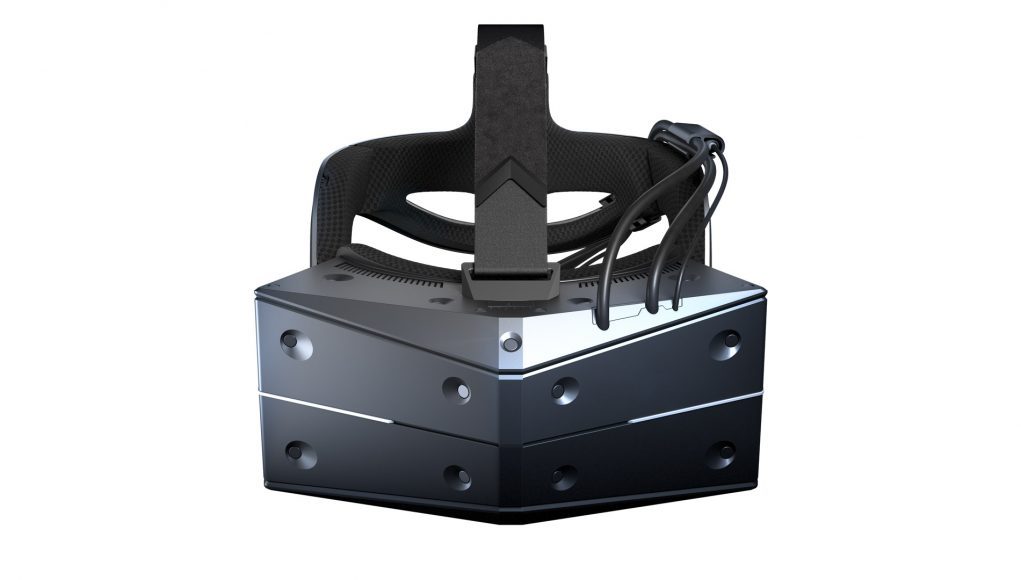StarVR today revealed the StarVR One headset at SIGGRAPH 2018, an upgrade to previous StarVR headsets which incorporates SteamVR Tracking 2.0, eye-tracking, and a slew of enhancements.
Made for the commercial and enterprise VR markets, the StarVR headset’s defining feature has been its ultra-wide field of view (claimed at 210 degrees horizontal and 130 degrees vertical). The newly revealed StarVR One brings significant upgrades, according to the company, including eye-tracking, AMOLED displays, SteamVR Tracking 2.0, and a new headstrap. A variant of the headset, the StarVR One XT, has built-in optical markers for use with tracking systems other than SteamVR Tracking.
The headset’s new AMOLED displays have a resolution of 1,830 × 1,464 each (3,660 × 1,464 across both eyes), which StarVR says use an RGB-stripe subpixel structure for less screen door effect. The displays also bring the headset up to a 90Hz refresh rate, from 62Hz previously.
As far as we know, the previous StarVR headset had a total resolution of 5,120 × 1,440, which would mean the latest headset is actually a downgrade in resolution, though the company says the StarVR One has up to 16 pixels per degree, which doesn’t seem to add up with the specifications the company has provided. We’ve reached out to StarVR for clarity on this apparent discrepancy.
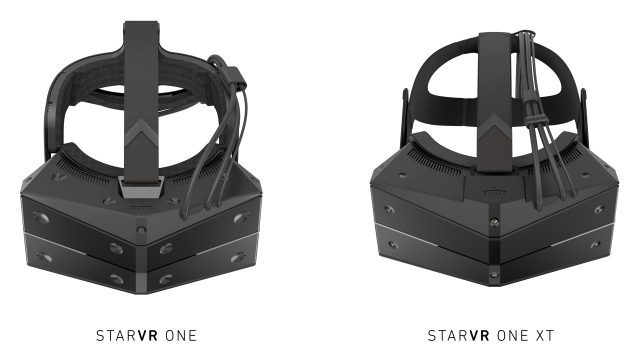
The StarVR One comes with SteamVR Tracking 2.0 (the same tracking system used by the HTC Vive) built in, which supports a tracking volume up to 10 × 10 meters (33 × 33 ft.) using four base stations. A variant of the headset, the StarVR One XT, has built-in active optical markers which can support a variety of existing optical tracking systems through plugins provided by StarVR.
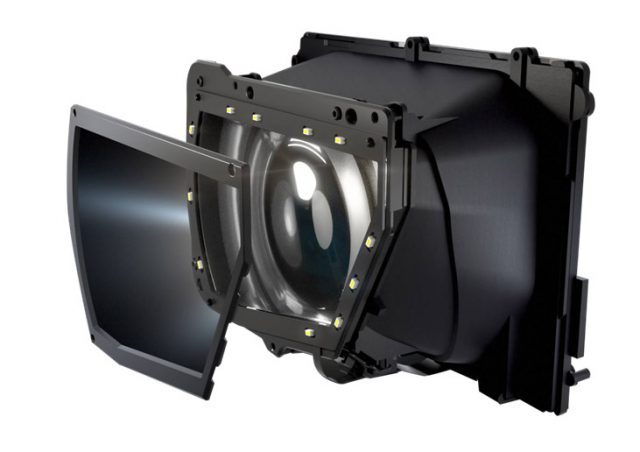
The headset now includes eye-tracking technology by Tobii, which supports foveated rendering as well as automatic (software-based) IPD adjustment, StarVR says. Beyond foveated rendering, eye-tracking has the potential to greatly enhance the VR experience; we wrote recently about why we believe eye-tracking is a game changer for VR.
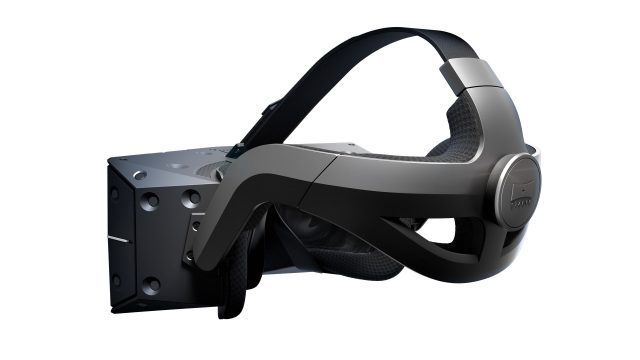
The StarVR One, which weighs in at 450 grams, now has a semi-rigid head mount which replaces the soft headstrap of the previous version. Most major VR headsets have moved away from soft headstraps to semi-rigid head mounts for added comfort through better weight distribution and balancing, though the headset still relies on a separate pair of headphones for audio. The StarVR One XT variant uses a soft headstrap like the prior version of the headset.
StarVR hasn’t revealed pricing or availability of the StarVR One or StarVR One XT just yet, but the company will be showing off the headset for the first time at the SIGGRAPH 2018 conference this week, so we expect those details to come in the not too distant future. Considering the headset’s positioning toward commercial and enterprise sectors, we’d expect it to fall somewhere in the $2,000 to $10,000 range.
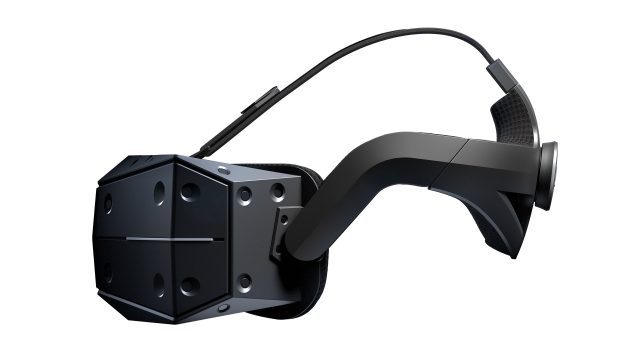
To power the StarVR One, the company recommends a minimum of a GTX 1080 GPU, Core i7-7700 or Ryzen 7 2700X CPU, and 16GB of RAM. Through the StarVR SDK, the company says the headset supports a dual-input VR SLI mode—ostensibly dedicating one GPU per eye for rendering—which could substantially boost graphical fidelity. The StarVR SDK is “designed to be familiar to developers working with existing industry standards […],” according to StarVR.

